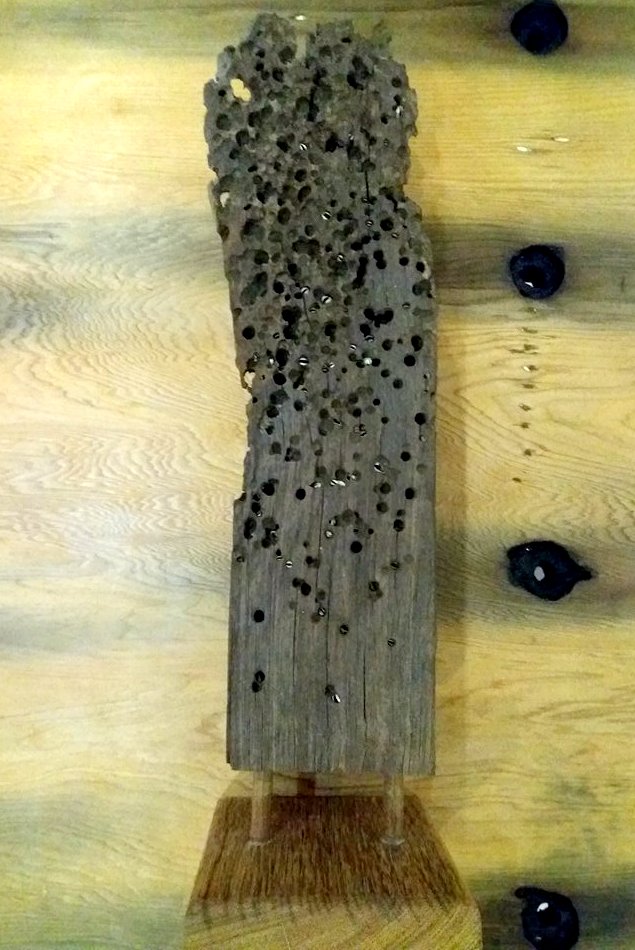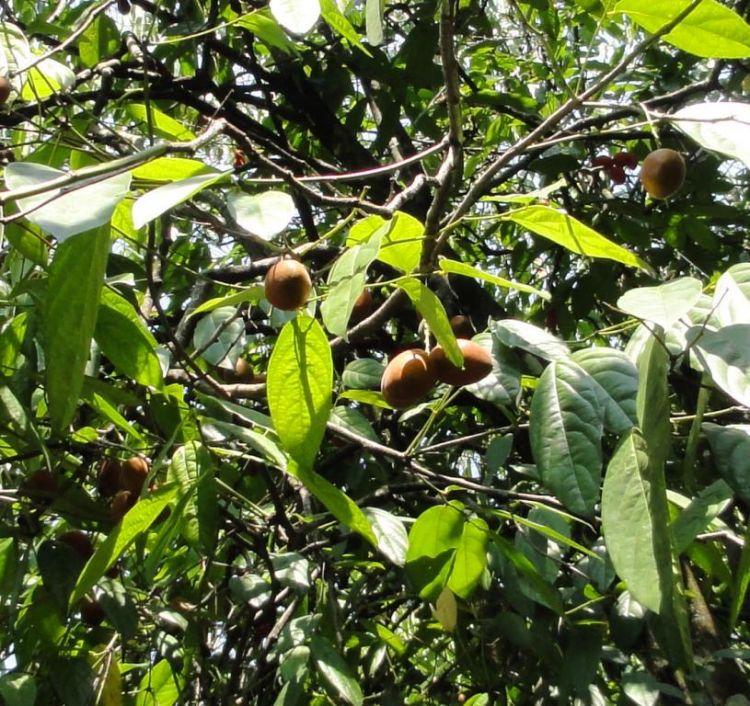Dayak ethnic group is the indigenous people of Kalimantan Island and mainly live in a remote area. Dayak ethnic group in West Kalimantan is divided into 151 subethnic groups and their languages are classified into 168 groups. Since their residential areas are isolated from other villages, they depend on their environment, especially, the forest. It functions as a place to meet their basic needs because they have the knowledge how to utilize natural resources. Especially, plants have been used as medicine to treat diseases. Therefore, medicinal plants are known as their local wisdom and survival knowledge related to environment. Nowadays, the utilization of medicinal plants is facing several threats due to the scarcity of this knowledge and forest condition. Generally, this knowledge of the utilization of medicinal plants is not well documented since it is orally transferred from generation to generation. While younger generation accepts new culture from outside of their village, the knowledge of medicinal plants is fading. Forest conversion also contributed to the decreasing number of medicinal plant species. Approximately 21.51% of 9,125,486 ha of forest that functions as the main habitat of medicinal plants in West Kalimantan have been lost since 2010. Therefore, to conserve the knowledge of medicinal plants, it is necessary for the Dayak people to use them continuously to treat diseases. The documentation of medicinal plants utilization of several Dayak sub-ethnic groups is already reported. Dayak Uud Danum means a Dayak sub-ethnic group who lives in the upstream areas of Ambalau and Serawai river of Sintang Regency. In Dayak Uud Danum community, people use 95 species of medicinal plants. One of them, Tebelion (Eusideroxylon zwageri) has been used to treat diseases such as diarrhea, fever and allergy as the decoction of leaves by hot water. These diseases often caused by infections induce inflammation. Therefore, these medicinal plant is suggested to have anti-inflammatory activity. Inflammation is one of causes of diarrhea and plays an important role in the allergic disease such as delayed-type hypersensitivity (DTH). Diarrhea is difficult to be fully recovered in a patient with an inflammatory bowel disease. Prolonged inflammation of intestine may lead to the increasing risk of colon cancer. Not only in cutaneous skin infection, but also in patients bearing transplanted tissues and tumors, DTH must be considered. Since both IFN-γ and TNF-α are involved in the inflammation of DTH and colon epithelial cells, it is useful to examine the anti-inflammatory effects of medicinal plants on DTH and the inflammation of colon epithelial cells. E. zwageri has anti-melanogenesis activity (Arung et al. 2009). The activity of their plant extracts was reported.
Medicinal plants have been used to treat diseases caused by the malfunction of the immune system. Many reports have been published to prove that chemical compounds from medicinal plants have immunosuppressive effects. Currently, it is well known that secondary metabolites from natural products such as medicinal plants have a broad spectrum of biological activities, and the anti-inflammatory activity is one of them. Flavonoid group, one group of secondary metabolites, has anti-inflammatory activity and is used to develop a new type anti-inflammatory agent. Recently, E. zwageri is identified to have bioactive compounds through phytochemical screening. It is reported to have alkaloid, phenolic, flavonoid, saponin and steroid compounds. Among these medicinal plants used in this study, there are various bioactive compounds that might contribute to the suppression of ear thickness in this model of DTH response. It is also conceivable that secondary metabolites of medicinal plants may have anti-inflammatory activities and affect to several pathways of various phases of inflammation. Presence of potent bioactive compounds such as phenolic and flavonoid compounds may contribute to antiinflammatory activities.
Inflammation has an important role as one of natural protection mechanism and it has a dual nature like a double edged sword. Over production of several inflammatory mediators leads to a chronic disease. Therefore, in order to explore anti-inflammatory reagents from natural products, various criteria must be applied to screen medicine. It is well known that many indigenous people around the world use medicinal plants as anti-inflammatory medicine to treat several diseases. In West Kalimantan Indonesia, although government has been providing adequate health facilities and modern medicines, some people who live in poverty or in remote areas from government health facilities still rely on traditional medicinal plants to treat diseases such as fever, allergy, and diarrhea. Dayak Uud Danum, indigenous people of West Kalimantan, Indonesia is one of the communities who still use and preserve knowledge of medicinal plants as their local wisdom. Through an ethnopharmacological approach, activities of many bioactive compounds from plants will be determined. Although E. zwageri has anti-inflammatory activities in term of suppressing delayed-type hypersensitivity, further experiments are necessary to determine the mechanisms of potential plant extracts to regulate the inflammation.
Additional info;
Although the seeds are poisonous, the fruit and seeds have medicinal uses, and are used locally to treat swellings. Seed extract was shown to have anti-melanogenetic properties, indicating a potential for use in skin-whitening cosmetics. The screening methods used were melanin formation inhibition assay using B16 melanoma cells. The extracts of Eusideroxylon zwageri (seed), showed DPPH radical-scavenging activity of more than 70 percent at 100 microg/ml and extracts of E. zwageri (seed, 100 microg/ml) strongly inhibited the melanin production of B16 melanoma cells without significant cytotoxicity. These findings indicate that this plant from Central Kalimantan are potential ingredients for skin-whitening cosmetics if their safety can be confirmed.
Source: Kuroshio Science, CABI Encyclopedia of Forest Trees, Journal of Natural Medicines v. 63(4): p. 473-480, 2009.


